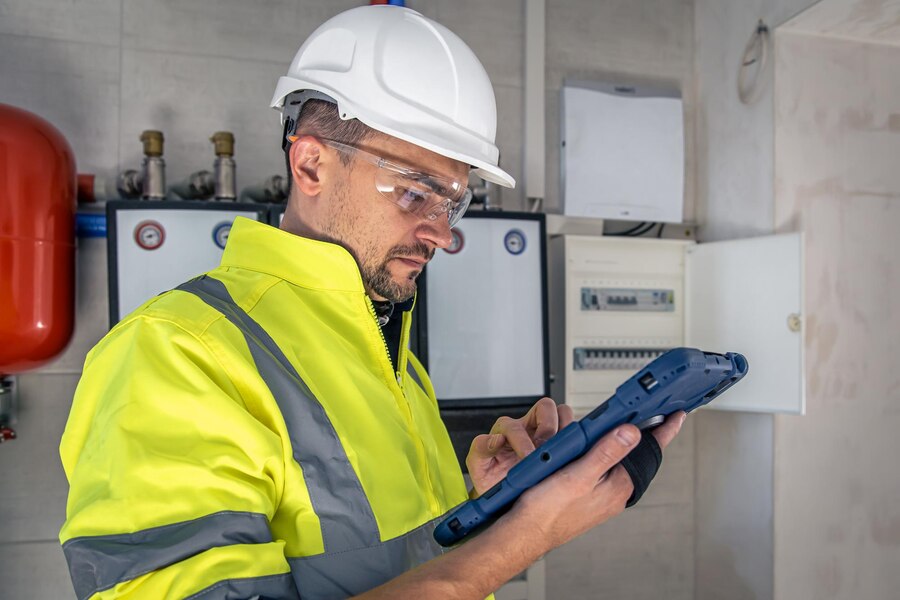Mining Safety Courses: Ensuring the Well-being of Workers

Mining operations are essential for the extraction of valuable minerals and resources that drive various industries. However, the inherently hazardous nature of mining environments poses significant risks to the health and safety of workers. In response to this challenge, mining safety courses have evolved to integrate the latest safety measures and technologies. This article delves into the world of mining safety courses, exploring how they contribute to the well-being of workers and the sustainability of mining operations.
1. The Importance of Mining Safety
Understanding the Risks
Mining involves a range of risks, including cave-ins, explosions, exposure to harmful substances, and heavy machinery accidents. Understanding these risks is the first step towards developing effective safety measures. Mining safety courses focus on educating workers about the potential dangers associated with their tasks, fostering a culture of awareness and vigilance.
Human Impact and Social Responsibility
Beyond the immediate physical risks, mining operations can have lasting effects on the mental health of workers. Prolonged exposure to stressful conditions, isolation, and the fear of accidents can lead to psychological strain. Mining safety courses recognize the importance of addressing the human impact of mining, promoting mental health awareness, and emphasizing the industry’s social responsibility to safeguard its workforce.
2. Evolving Landscape of Mining Safety Courses
Integration of Technology
The rapid advancement of technology has transformed the mining industry, and safety courses have adapted accordingly. Virtual Reality (VR) simulations provide realistic training scenarios, allowing workers to familiarize themselves with emergency procedures and equipment operation in a controlled environment. Augmented Reality (AR) is also being employed to enhance on-site hazard identification and communication.
Online Learning Platforms
The digital age has ushered in a new era of learning, and mining safety courses have embraced online platforms. These courses offer flexibility, enabling miners to access training modules at their convenience. This is particularly beneficial for remote or offshore mining operations, where traditional training methods may be challenging to implement.
Data-driven Safety Measures
Mining safety courses now leverage data analytics to identify patterns and predict potential hazards. By analyzing historical incident data, courses can provide insights that enable proactive safety measures. Predictive analytics, coupled with real-time monitoring, empowers mining companies to address safety concerns before they escalate.
3. Key Components of Mining Safety Courses
Comprehensive Emergency Response Training
Mining safety courses emphasize the importance of comprehensive emergency response training. From first aid to evacuation procedures, workers are equipped with the skills needed to respond effectively to unforeseen circumstances. Simulated emergency drills enhance readiness and ensure that responses are swift and coordinated.
Hazard Identification and Risk Assessment
Recognizing hazards and assessing associated risks are fundamental skills taught in mining safety courses. These courses instill a systematic approach to identify potential dangers in the mining environment. Workers learn to conduct risk assessments and implement control measures to mitigate the impact of identified hazards.
Health and Wellness Programs
To address the long-term impact on workers’ health, mining safety courses incorporate health and wellness programs. These programs focus on preventive measures, promoting healthy lifestyles, and providing resources for mental health support. By prioritizing overall well-being, mining companies foster a resilient and sustainable workforce.
4. Case Studies: Successful Implementation of Mining Safety Courses
Newmont’s Safety Training Initiatives
Newmont, one of the world’s leading mining companies, has prioritized safety through innovative training initiatives. Their use of VR simulations has significantly improved emergency response times and reduced the occurrence of accidents. The company’s commitment to ongoing training has created a culture of safety that permeates all levels of the organization.
Rio Tinto’s Data-driven Safety Measures
Rio Tinto has embraced data-driven safety measures by leveraging advanced analytics to enhance safety outcomes. Through the analysis of incident data and the implementation of real-time monitoring systems, the company has reduced the frequency of accidents and created a safer working environment. This approach has not only protected workers but has also improved operational efficiency.
5. Challenges and Future Outlook
Overcoming Resistance to Change
Implementing new safety measures and technologies can face resistance from traditionalists within the industry. Mining safety courses address this challenge by incorporating change management strategies, emphasizing the benefits of innovation, and fostering a culture of continuous improvement.
Regulatory Compliance and Standardization
Adhering to is paramount in the mining industry. Mining safety courses play a crucial role in ensuring that workers are well-versed in industry standards and compliance requirements. The future of mining safety will likely see increased efforts to standardize safety training globally, creating a unified approach to worker protection.
Continued Integration of Technology
The mining industry is poised for further technological advancements, and mining safety courses will continue to evolve in tandem. Integration of Artificial Intelligence (AI), advanced robotics, and real-time monitoring systems is expected to enhance safety measures, making mining operations not only safer but also more efficient.
Conclusion
Mining safety courses are at the forefront of ensuring the well-being of workers in an industry known for its inherent risks. The integration of technology, comprehensive training programs, and a focus on holistic well-being are transforming the safety landscape in mining operations. As the industry continues to evolve, mining safety courses will play a pivotal role in shaping a culture of safety, protecting workers, and promoting sustainable mining practices.




